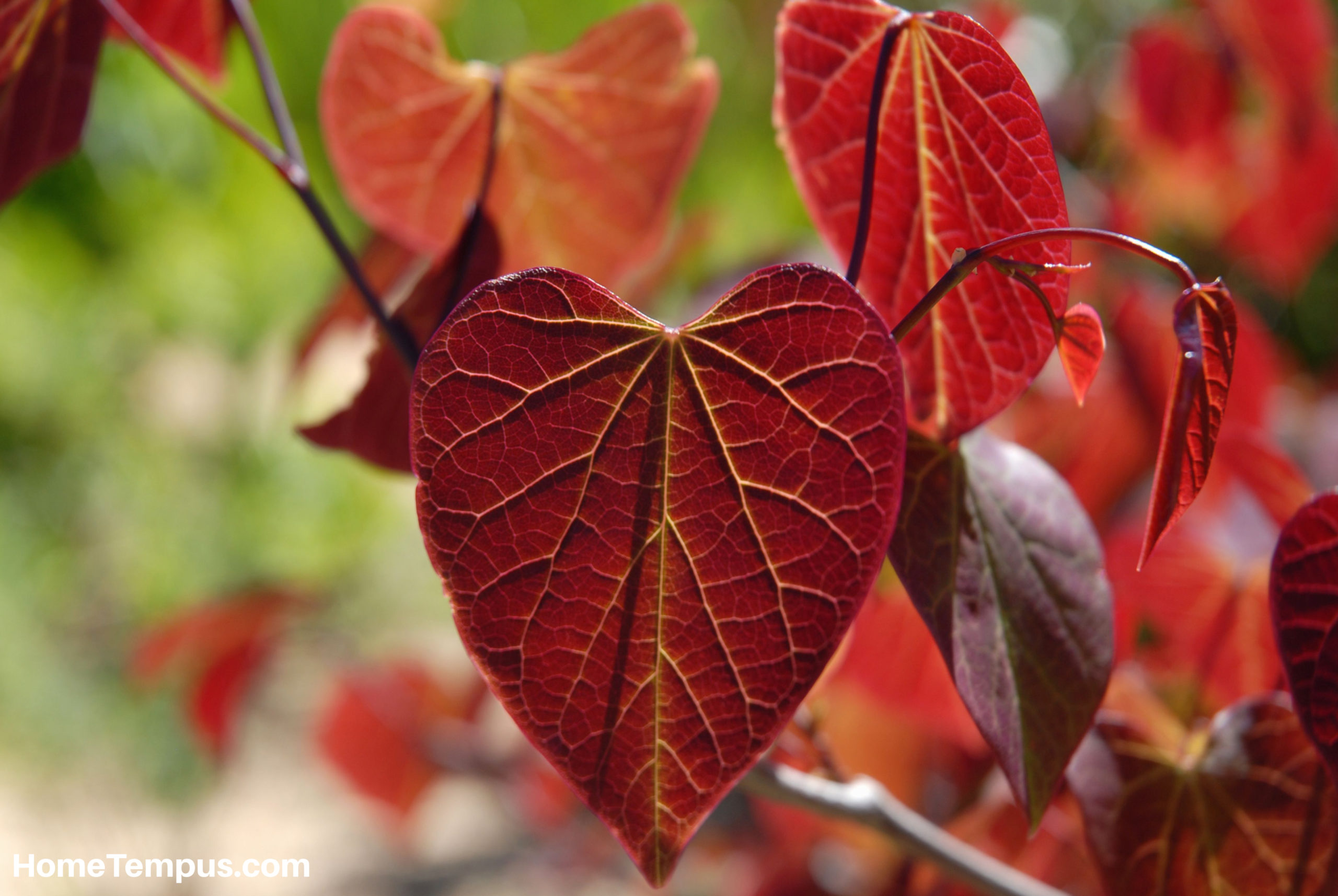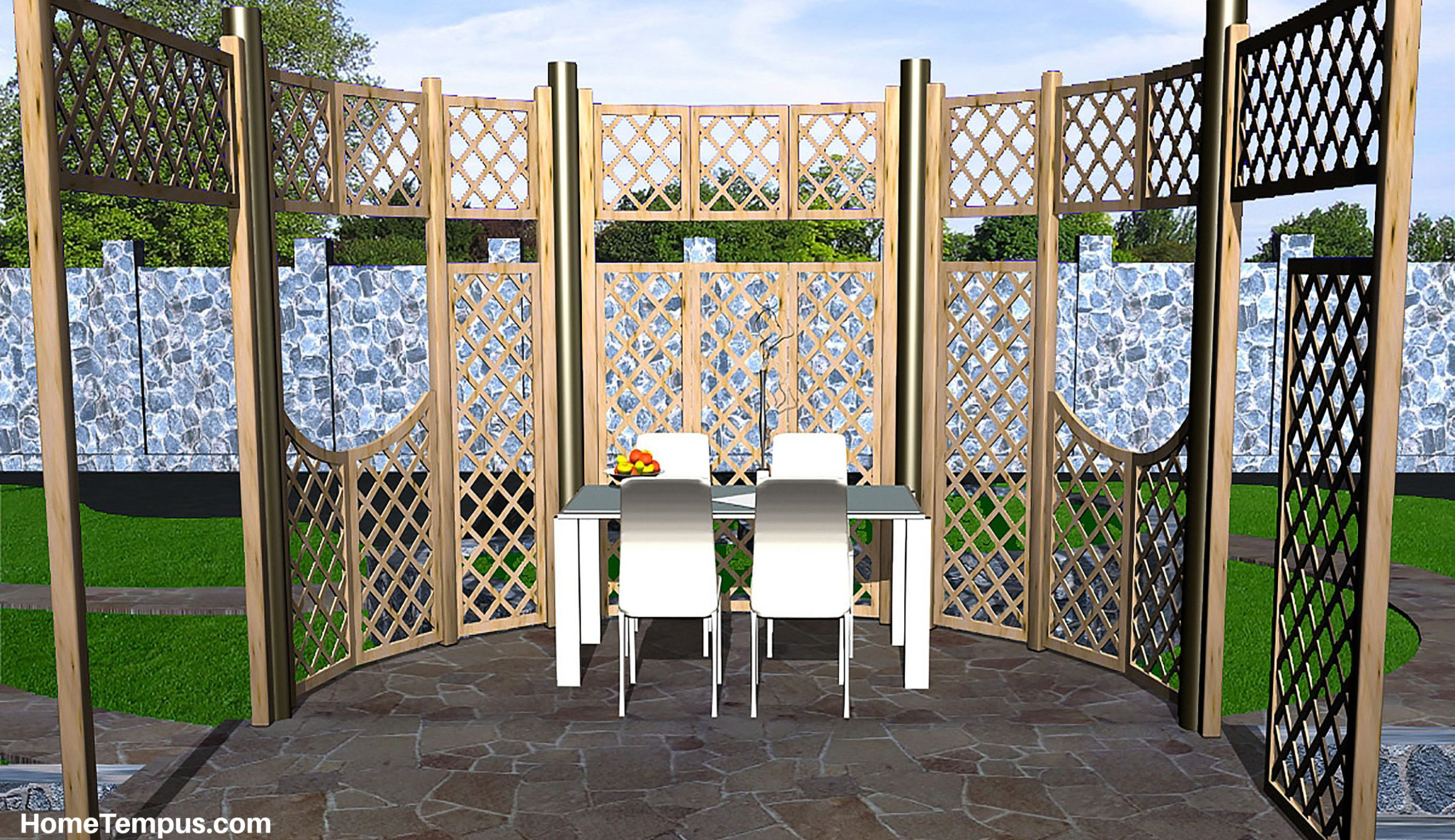You might want to know the difference between horticulture vs botany out of curiosity, because you are trying to choose a college or because you are a gardener or a farmer and could use some help.
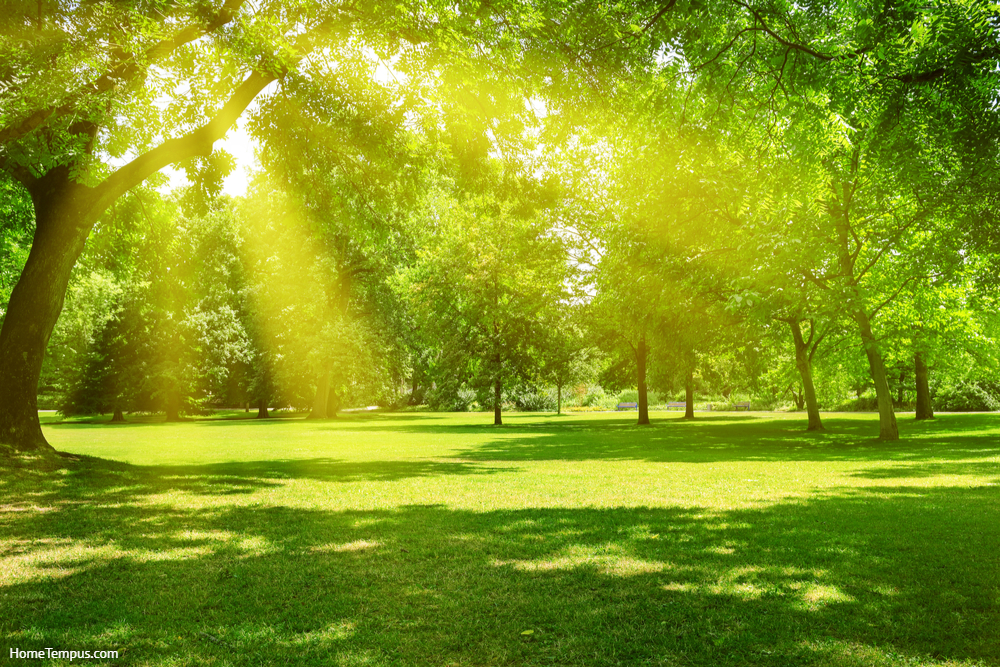
Sunrise beam in the beautiful park
So, let’s find out what is botany, what is horticulture and where do agriculture and gardening fit in all this. Do we need to know botany and/or horticulture to grow a healthy, productive and beautiful garden? Do we need a degree in biology or agriculture to grow a garden or run a greenhouse?
What is Botany?
Botany is defined as plant science, the science of plant life. It is a branch and a field of biology.
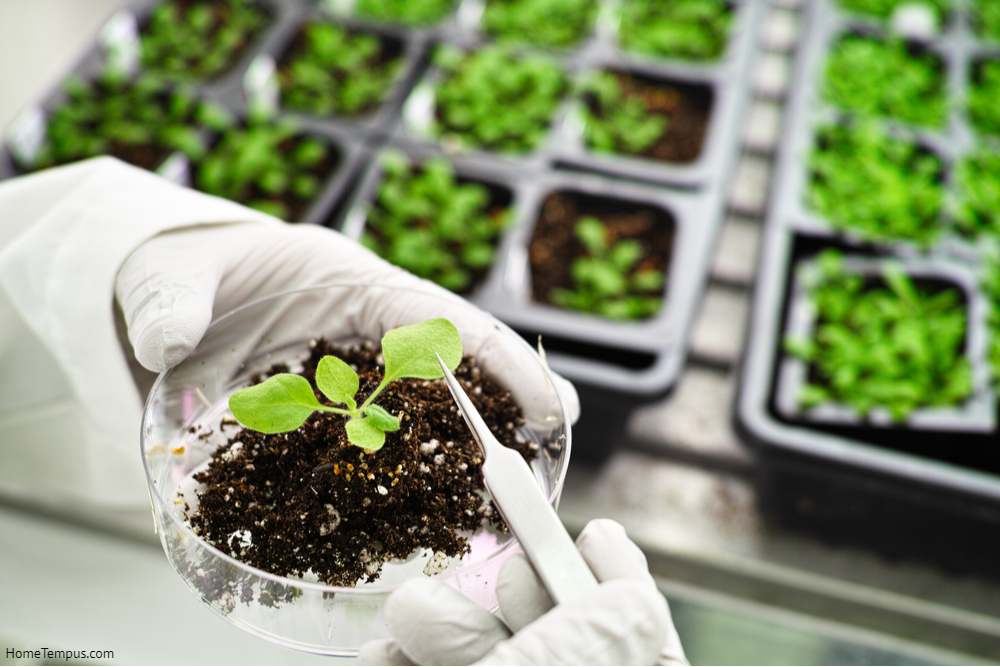
Botany is the study of plants, their properties, structure, and biochemical processes. It included plant classification, the study of plant diseases and their interactions with the environment.
While botany is pure science, the findings of botany research are the foundation for applied sciences such as agriculture, horticulture, and forestry.
Flowers That Start With S | 30 Spectacular Flowers
What do botanists do?
Botanists are scientists involved in the study of plants on all levels, from algae and fungi to wetlands and forests, from their cellular level and DNA to the ecosystems they live in.
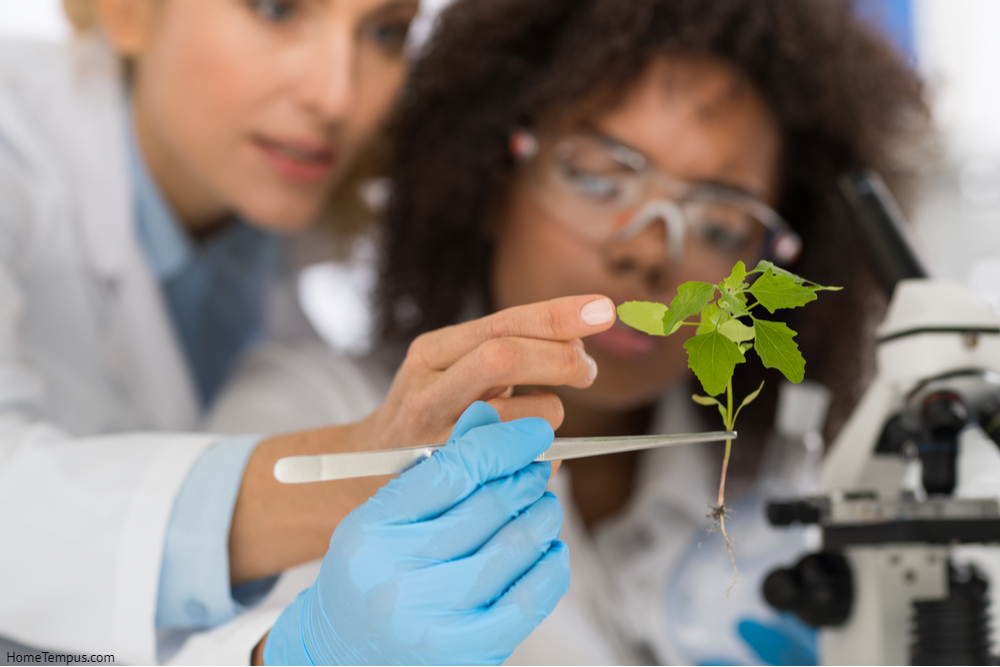
Considering that there are over 391,000 species of plants on our planet, that makes this field enormous and truly diverse.
Here are only a few things that botanists do:
- They study plant ecology, how plants interact with their environment;
- They study plant physiology in order to understand how are plant physiological processes affected by climate change, pollution and other factors and how plants affect these processes in return;
- They study plant taxonomy (classification) by learning about the link between plants and discovering new plant species and classifying them;
- They research plant genetics and their genetic diversity;
- Molecular biologists study plants on the molecular level;
- They study plant reproduction;
- Paleobotanists study fossil plants;
- Ethnobotanists study the interrelationship between plants and people.
Responsibilities/line of work
The knowledge botanists acquire through research can be applied in a huge range of areas:
- As ecological consultants, they provide information on environmentally sustainable development;
- They can help in the control of invasive species;
- They assist in environmental remediation – cleaning up of contaminated sites;
- They provide invaluable information to the field of agriculture, helping to feed human populations in a sustainable way;
- They provide scientific information on sustainable forestry activities and practices.
- Their research is crucial to the land management – management and development of land for purposes such as agriculture, water, nature and even tourism;
- They calculate the economic value of the benefits that nature provides;
- Botanists are involved in the off-site conservation of plants in botanical gardens, and aquariums.
Some botanists are generalists but some prefer to specialize in studying a particular type of plants such as tropical plants, algae, fungi, etc.
What is horticulture?
Different from botany, horticulture is applied plant science. It is defined as the art and science of growing plants for the production of food, for their medical properties, for pleasure and comfort.
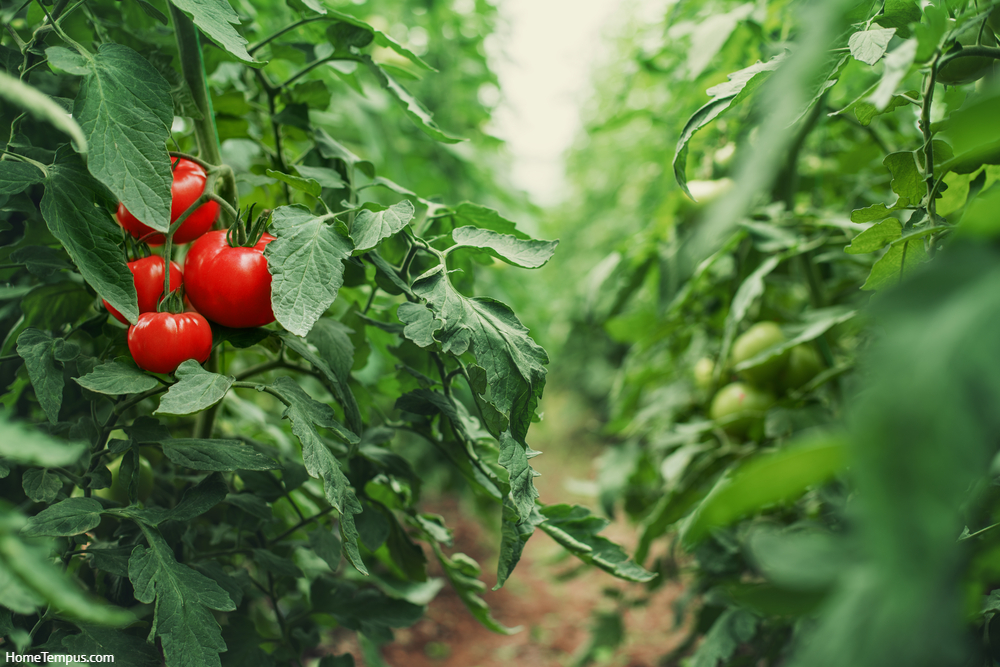
It means growing flowers, fruits, vegetables, nuts, herbs, trees and lawns. Horticulture works with high-value plants that are intensively cultivated, but there is quite a lot of art involved besides science. Horticulture falls somewhere between agriculture and domestic gardening but contains a bit of both.
Horticultural crops include a diverse range of high-value plants such as annual and perennial decorative plants, fruits, vegetables, herbs and landscape plant species.
Horticulture greatly affects our quality of life, through the production of food, but also by providing beauty in our lives, ensuring plant sustainability and helping rehabilitate the environment to ensure plant production in the future.
How Long Do Tomato Plants Live | Plant Growth Timeline
What does a horticulturist do?
Horticulturists are responsible for increasing plant production, improving their size, vigor, health and taste. They organize and coordinate research on particular crops.
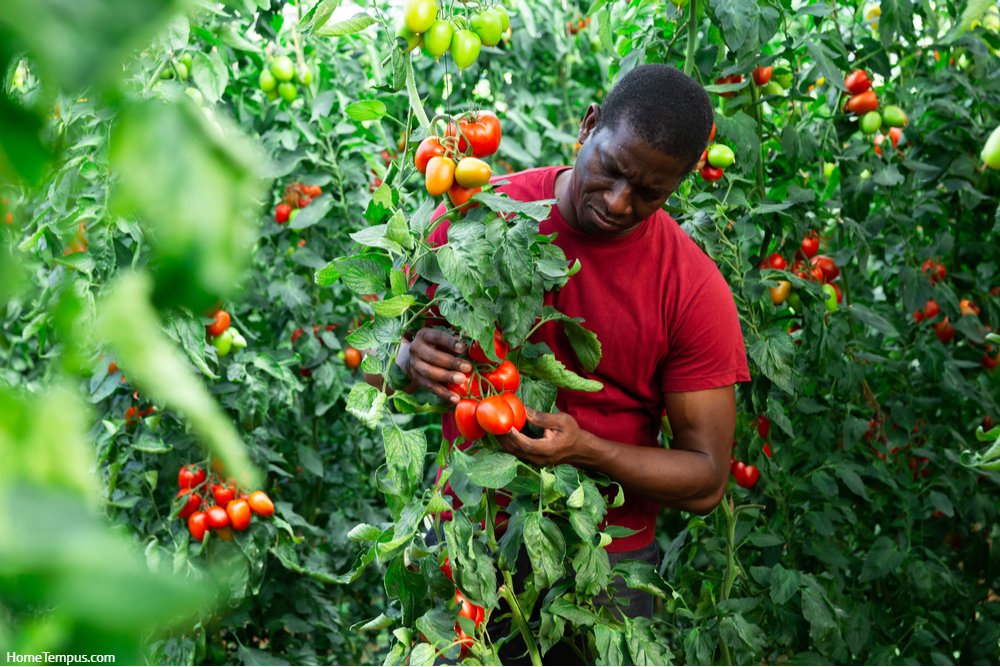
Horticulturists need extensive knowledge about plants such as trees, flowers, vegetables, nuts and fruits. A University degree is useful but not required for jobs in the horticultural field.
Types of Horticulture
The field of horticulture can be divided in several ways. One is into two groups: the cultivation of plants for food and plants for ornamentation.
Cultivation for food is done by Pomology (fruits and nuts) and Olericulture (vegetables and other herbaceous edible plants.)
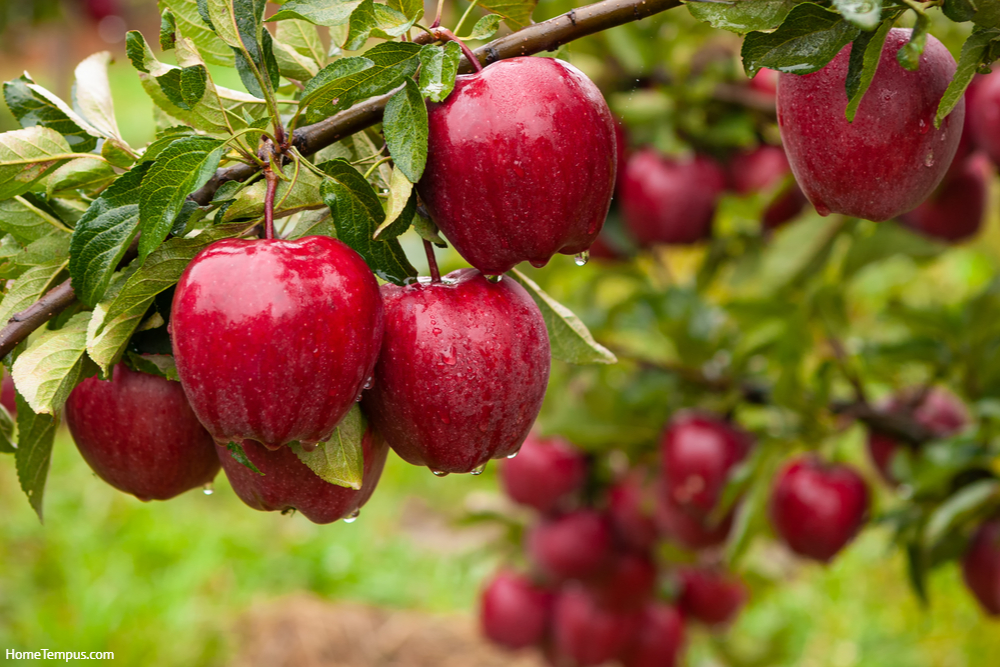
Floriculture works on the production of flowers and ornamental plants. Landscape horticulture deals with plants used for landscaping such as lawn turf and nursery crops such as trees, shrubs, and vines.
Another commonly used division is into four groups:
- Olericulture: producing vegetables.
- Pomology: producing fruits and nuts.
- Viticulture: cultivation of grapes for winemaking; and
- Floriculture: growing flowering and other ornamental plants.
Responsibilities| Line of work
Horticulturalists work in a large range of fields that deal with plants. They grow, harvest and sell flowers, shrubs and trees. They work in plant nurseries, botanical gardens, parks, arboretums and landscape companies,
What skills do horticulturists need?
To work as a horticulturalist, you do not have to have a university degree, but you should have good math and research skills. You will have to be able to calculate plant growth rates, be able to identify all plants, plant diseases and pests and the conditions each plant needs for optimal growth.
Depending on the place of work, you might also work on cross-pollination and the creation of new plant varieties and strains.
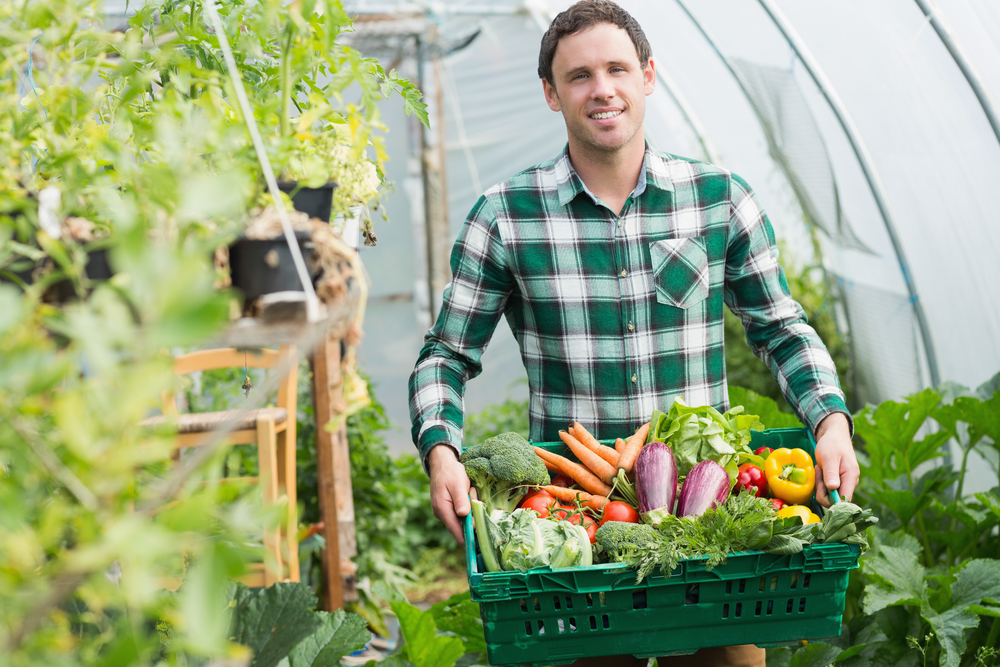
Horticulturists who work in garden centers are often asked for advice on the kind of plants suitable for different locations and microclimates. They also have to know what type of soil works for any particular plant.
Horticulturalists also need to have a strong artistic flair and be able to help in placing different plants, shrubs and trees together in the creation of a garden or park
Why study plants?
Plants are crucial for our survival. We depend on them for food, the oxygen we breathe, shelter, medicine, clothes, tools and much more.
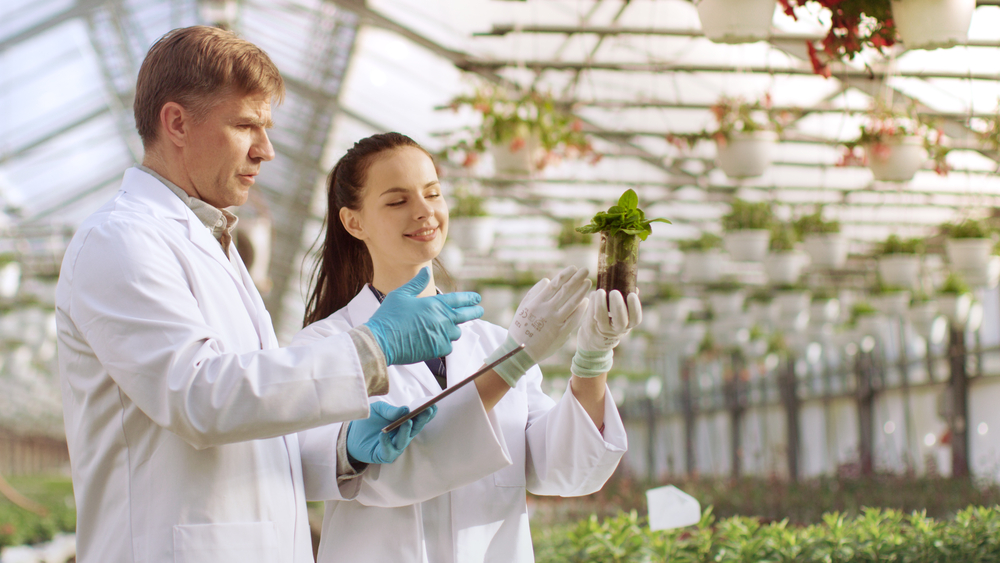
Without plants, there would be no life on earth. Through photosynthesis, green plants transform the sun’s energy into plant food. To produce food, besides sunlight, plants need water and carbon dioxide. Besides food, the other byproduct of photosynthesis is oxygen, which they release through leaves.
Flowers That Start With Y | My Top 10 Indoor and Outdoor Ideas
Horticulture vs Botany | Horticulture and Botany
By now it is clear that botany and horticulture have many overlaps and work together to fulfill human needs. Without botany and scientific research botanists produce, we would not have new plant varieties, the ways to increase plant yield and to fight plant diseases and pests.
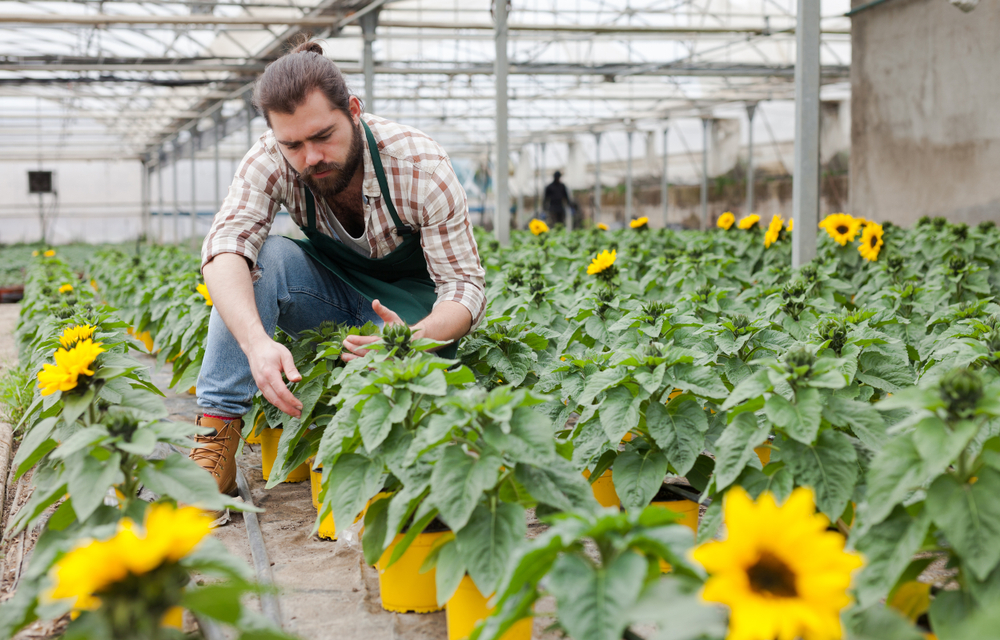
Horticulturalists use the knowledge acquired by botanists and implement it in the cultivation of plants for food or our pleasure. In their work, they often acquire knowledge about what works for plants through observation and experimentation.
That means that the job of botanists to learn about plants is not finished in labs. It is continued in the fields, greenhouses and gardens all over the world.
Horticulturalists and botanists also work together in the remediation of toxic sites, to make the soil useful again. Both fields are also necessary for finding ways to slow down climate change and in increasing green spaces in urban environments where they help deal with stress and improve human quality of life.
Agriculture vs. Horticulture
Agriculture is defined as “the art and science of cultivating the soil, growing crops and raising livestock.” Horticulture deals only with plants, but not only with plants for food but also for landscaping and decorative purpose.
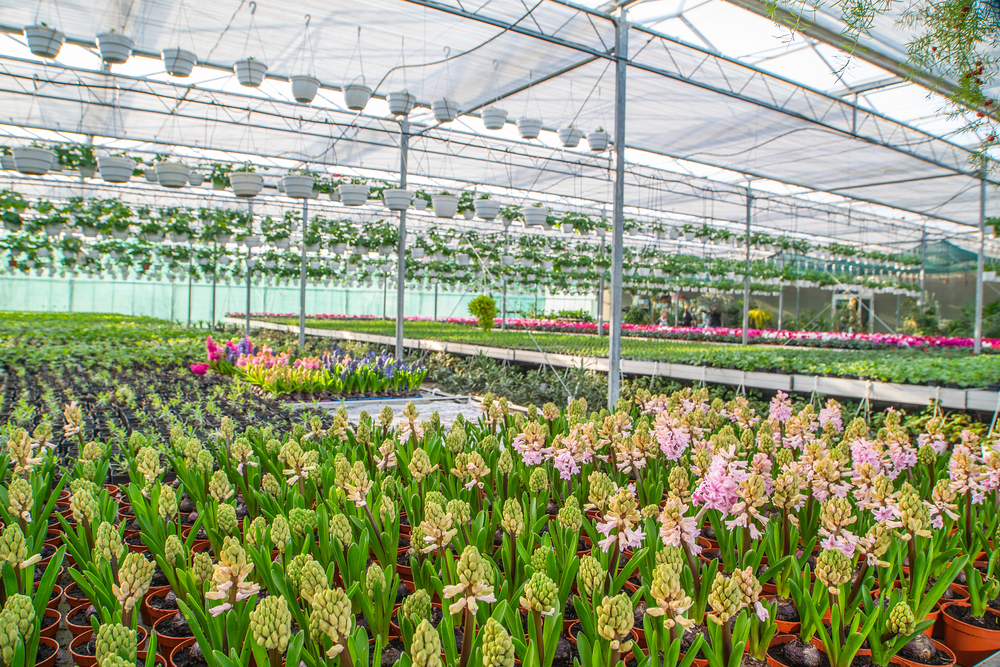
Horticulture is considered a subdivision of agriculture and the two are closely related. Many of the same techniques and methods are used for cultivation in both agriculture and horticulture. Both work on improving soil to produce better quality plants and more yield, as well as on controlling plant pests and diseases.
Both agriculture and horticulture use the results of the research conducted by botany in their work.
The differences between agriculture and horticulture are:
- Agriculture works on the cultivation of plants and livestock and horticulture cultivates only plants;
- Agriculture cultivates only high-value crops for human use – for food, shelter, clothing, etc.
- Horticulture cultivates plants used for human food and medicine as well as a plant used for decorative purposes;
- Horticulture deals with relatively small-scale gardening while agriculture is conducted on large scale with the goal of producing large quantity of crops for food.
Education in the field of agriculture is provided by schools of agriculture, which also often have a separate department that teaches horticulture.
Flowers That Start With I | 15 Incredible Flowers
Gardening vs. horticulture vs. botany | Horticulture vs Botany
So where does gardening fit in all this? They all involve plants and taking care of them.
To start with, we have to acknowledge that all plant cultivation, through horticulture and gardening, depends on the knowledge acquired through research conducted by botany.
They apply that knowledge in a slightly different way and at times for a different purpose but depend on it to grow healthy and productive plants.
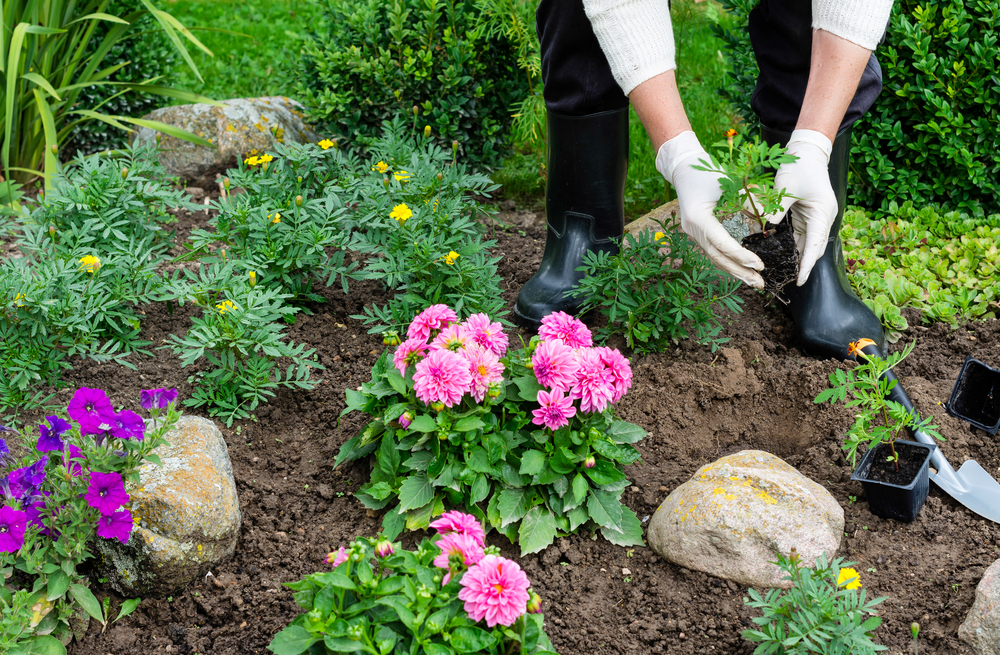
Most kinds of gardening are the same as horticulture. Only a few types of gardening are not and some areas of horticulture extend beyond gardening.
The main area of difference is that in horticulture, a large focus is on the commercialization of plants. That is not the case in gardening.
What is gardening?
Gardening is defined as growing flowers and other plants on a particular piece of land.
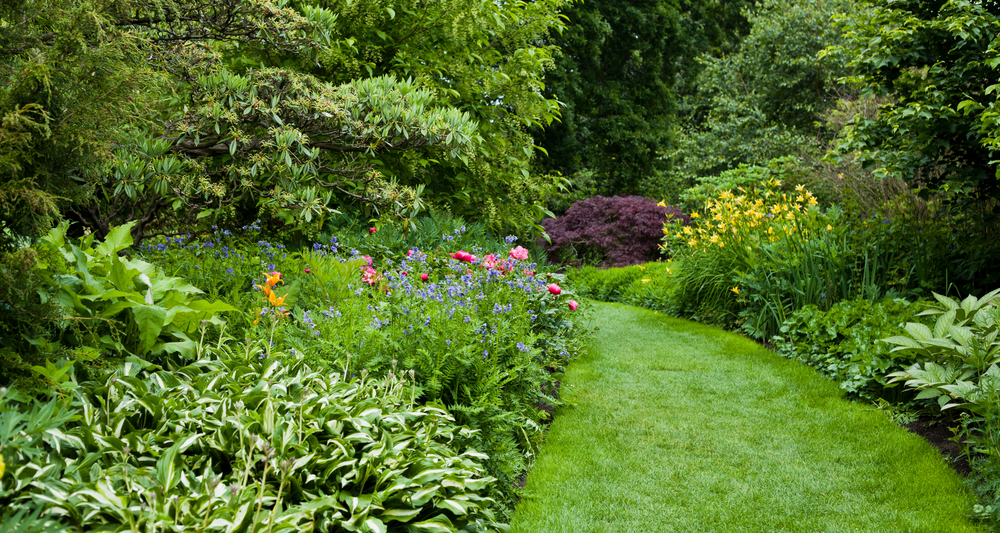
Gardening is an art as well as science. It is considered art when it is creating a visually attractive space. It is science when it works on helping plants survive and thrive.
Growing a healthy garden requires a fairly high level of knowledge about plants, the soil, humidity, nutrients and other conditions necessary for plants to thrive. Much of that knowledge can be acquired through experience and does not require university degree.
Gardening can be made into a career if it is done on a large enough scale and the gardener has appropriate tools to maintain it.
Similarities between gardening and horticulture
Plant breeding, the production of more plants, changing of their genetic makeup are conducted in both horticulture and gardening but on a different level.
Gardeners have done plant breeding and cross-pollination for thousands of years through experimentation and observation. Horticulture uses the research done by botany.
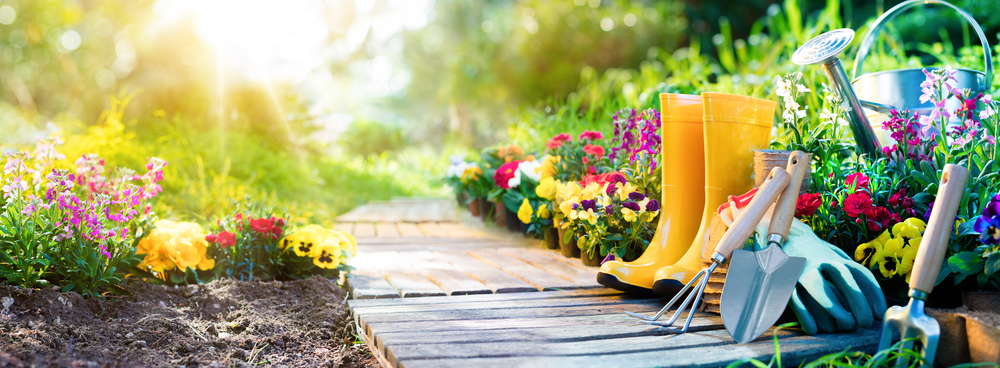
Marketing and the commercialization of plants for sale are an important part of both horticulture and agriculture, making them a business as much as a science. Gardening is done for personal or community use and not for profit.
Another similarity is that they both involve the science of creating an environment that plants can thrive in. This can include improving soil conditions and providing irrigation.
Gardeners and horticulturists both need to know what plants should be planted in what areas.
And when it comes to activities such as landscape design, both horticulturists and gardeners are involved in practical work such as planting.
Flowers The Start With A | 26 Beautiful Flowers
The differences between horticulture and gardening
The main differences between horticulture and gardening are:
Horticulturalists produce and provide plants for others; gardeners are producers and consumers.
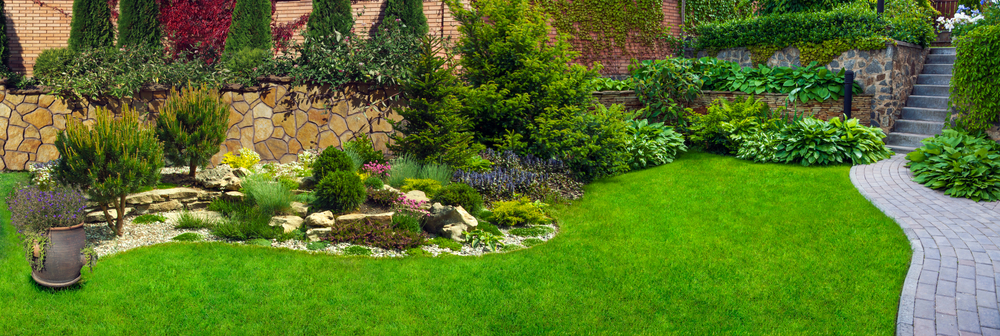
Horticulturists stay up-to-date on new developments and research in sustainability practices technology while it is not the main focus in gardening.
Gardening that is the same as horticulture
The production of fruit, vegetable, and herbs is usually done to provide the gardener and his family with food but is also one of the biggest purposes of horticulture but for consumers;
Some food gardens are part of a private residence, while others are community gardens, benefiting a particular community. In community gardens, gardeners are workers as well as consumers;
Growing ornamental plants is equally important for gardeners as for horticulturalists, providing esthetic pleasure to the users.
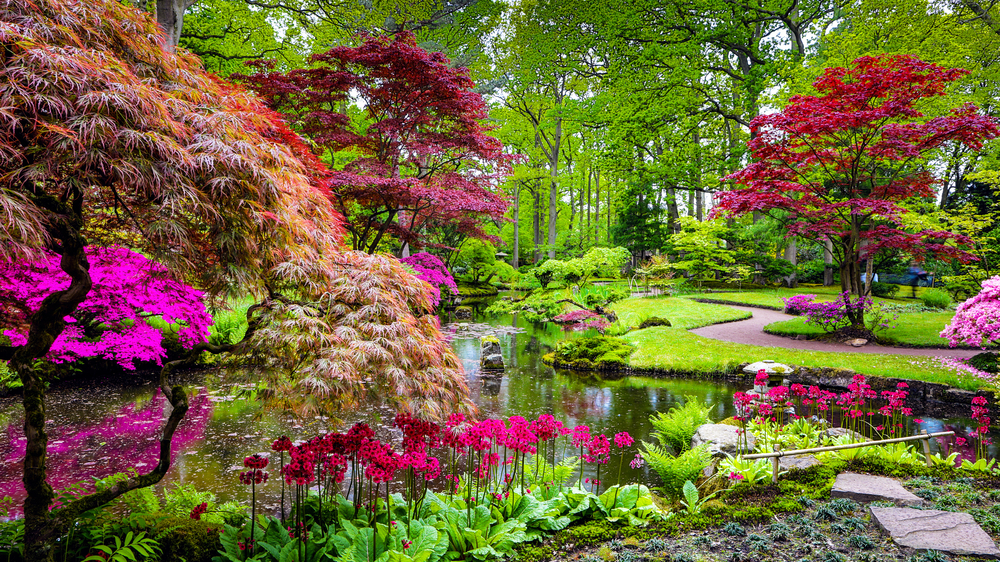
Gardeners plant ornamental plants, bushes and lawns for their own pleasure or the pleasure of a community. Horticulturalists grow ornamental plants for sale to the consumers and their enjoyment.
Plant propagation is an important part of growing plants for gardeners as it is for horticulturalists. Most gardeners propagate existing plants by using their seeds or cuttings to make new ones.
Horticulturists use more intensive means of propagation such as using external seeds to make new plants.
Pruning – controlling the growth of plants, mostly trees, is an equally important part of plant maintenance. Gardeners do pruning manually, once a year in the right season. Horticulturalists prune trees for the same reason, but also sometimes out of season to maintain their pretty look necessary for sale.
Soil cultivation is a vital part of both gardening and horticulture, providing plants with the right growing medium. Gardeners usually use manual tools to tend to their soil on a small scale. Horticulturalists at times need a machine to manage soil.
Flowers That Start With Q | 10 Quality Flowers
Conclusion | Horticulture vs Botany
Horticulture vs Botany, together with agriculture and gardening, are all part of cultivating plants that are necessary for our survival and for the quality of our lives. Each of them has a place and a role and depends on each other. It is more accurate to say horticulture and botany than horticulture vs. botany.

